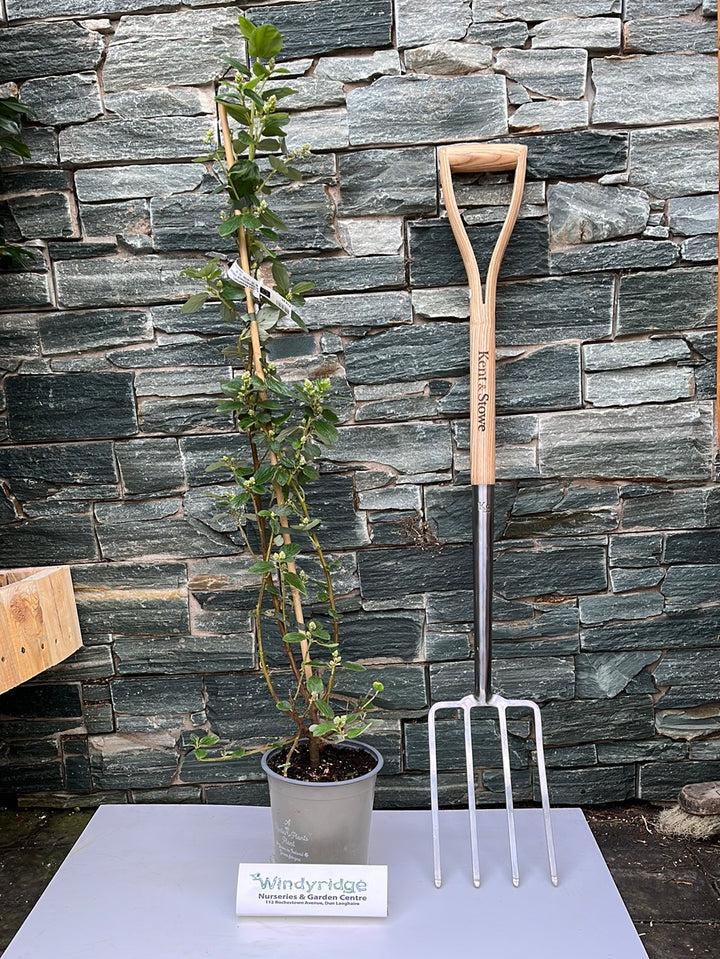CEANOTHUS TREWITCHEN BLUE - Description
Potted Ceanothus impressus 'Trewidden Blue'Common Name: Trewidden Blue California Lilac
Other names: California Lilac, Wild Lilac
Indoors or Outdoor: Primarily for outdoor cultivation
Size: Compact and bushy, reaching a height and spread of 1-2 meters
CEANOTHUS TREWITCHEN BLUE - Delivery
Delivery info: Your Ceanothus Trewitchen Blue will be delivered promptly and securely. We take special care in packaging to ensure your plant arrives in excellent condition.CEANOTHUS TREWITCHEN BLUE - Characteristics
Mature Size: 1-2 meters in height and spreadEvergreen or deciduous: Evergreen, providing year-round interest
Preferred position: Full sun to partial shade
Shape - Plant Characteristics: Rounded, with glossy dark green leaves and clusters of deep blue flowers in late spring to early summer
Hardy or not Hardy: Hardy in most well-drained soils
Diseases: Generally resistant to common diseases, provided it is planted in well-draining soil
CEANOTHUS TREWITCHEN BLUE - Uses
Uses in Garden: Perfect for adding color and texture to your garden, suitable for borders, shrub beds, and as a low hedge. The vibrant blue flowers attract butterflies and bees.CEANOTHUS TREWITCHEN BLUE - Characteristics
Preferred planting aspect: Thrives in full sun
Is it Frost Hardy: Yes, it is frost-hardy once established
Fast or slow Growing? Moderately fast-growing
Pruning advice: Prune after flowering to maintain a compact shape and encourage new growth
CEANOTHUS TREWITCHEN BLUE - Planting Instruction's in an Irish climate
Planting Time: Spring or early autumnInstruction: Plant in well-draining soil, and water thoroughly after planting.
Trench Preparation: Dig a trench wide enough for the roots to spread comfortably.
Positioning of Plants: Space plants 1.5-2 meters apart to allow for proper growth.
Plant Spacing: 1.5-2 meters
Pruning Instructions: Trim back after flowering to shape and control size.
Facts About Products
Watering: Maintain regular watering, especially during dry spells.Feeding: Apply a balanced fertilizer in spring.
Wildlife: Attracts pollinators, contributing to the health of your garden ecosystem.
You may also like
Recently viewed









